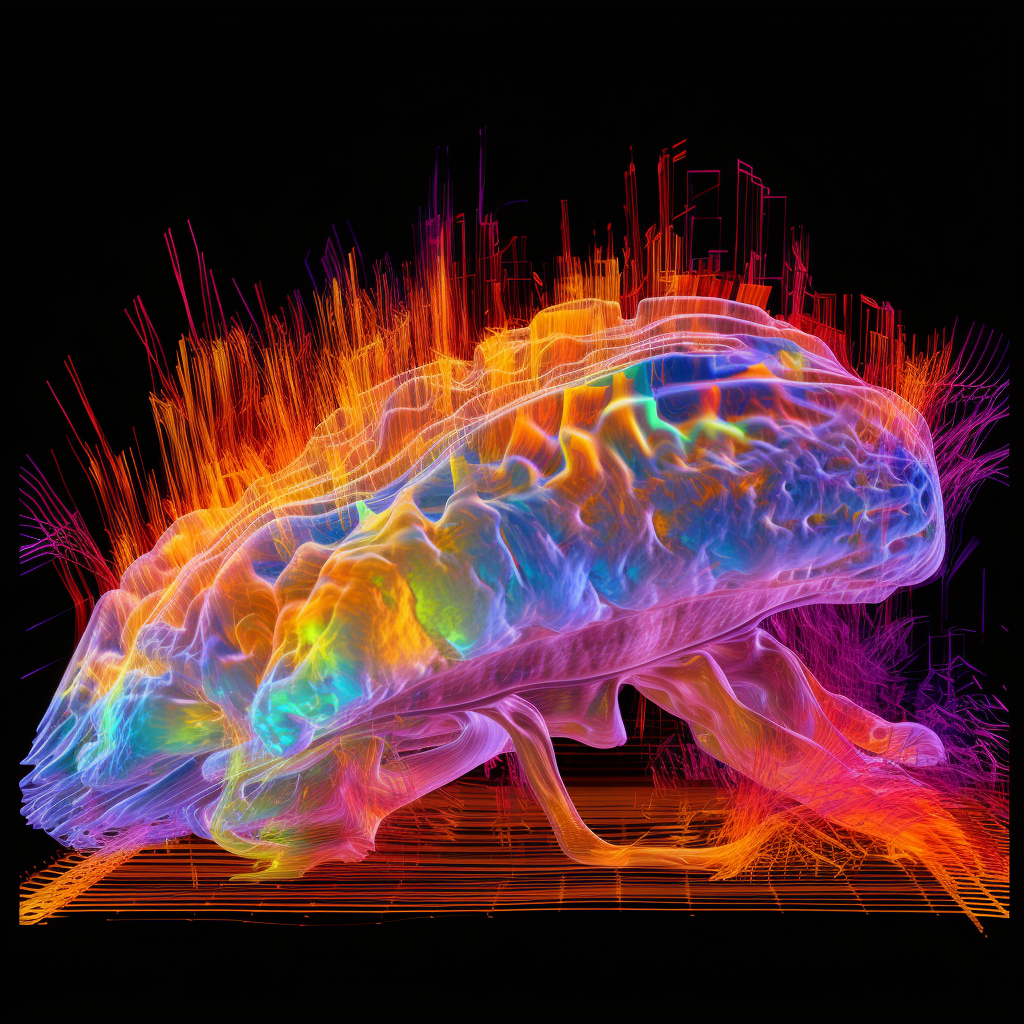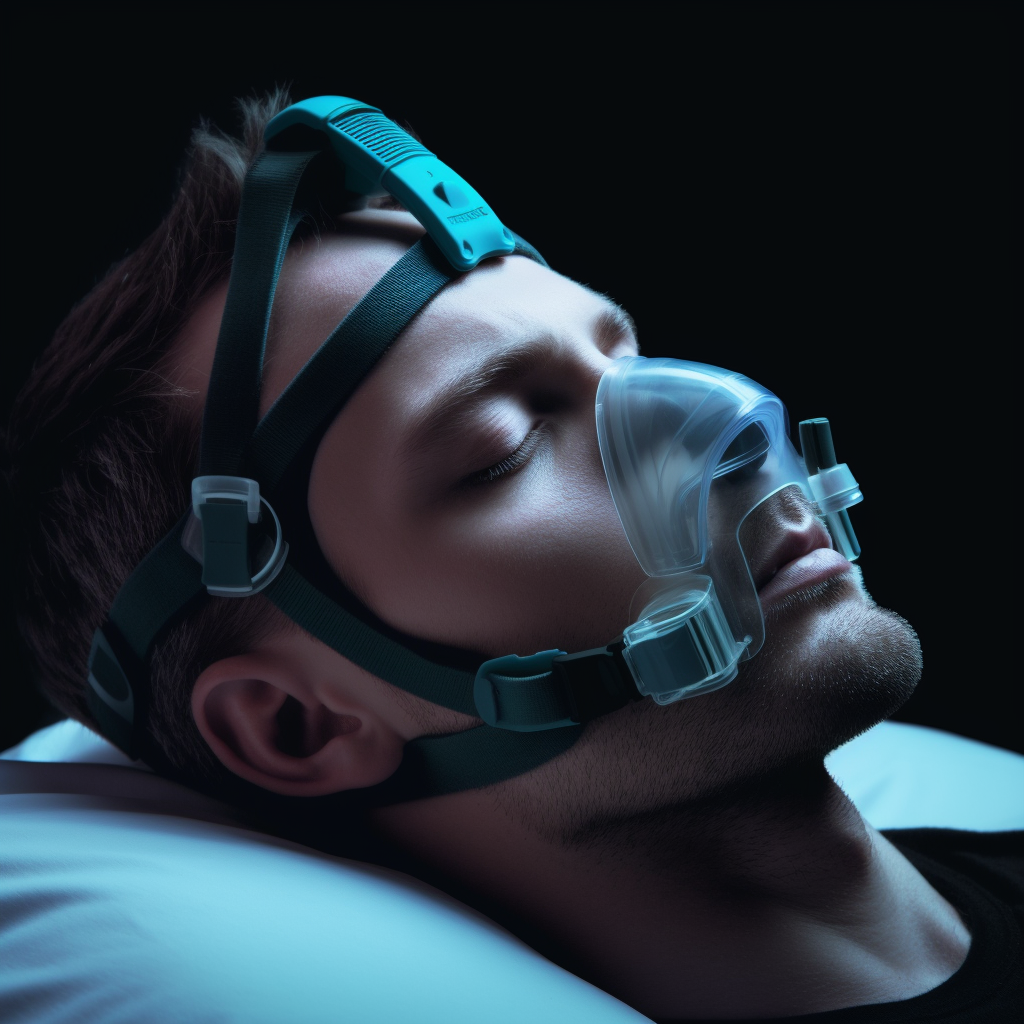Dreams in Action: Understanding REM Sleep Behavior Disorder (RBD)
Unraveling RBD: When Dreams Turn Real
Are you tired of your dreams staying in your head? Discover the captivating world of REM Sleep Behavior Disorder (RBD), where dreams come to life as you physically act them out during sleep. Delve into the neurology behind RBD, its risk factors, and how it unravels the secrets of dreaming and motor control. Find out how studying RBD could shed light on the mysteries of movement inhibition during dreams and how to achieve better control over your nocturnal adventures.
Dreaming and Action: The Enigma of RBD
Have you ever found yourself leaping, fighting, or running in your sleep? RBD, a mesmerizing sleep phenomenon, reveals the fascinating connection between dreaming and motor behavior. During REM sleep, when dreams are most vivid, the brain usually restricts muscle movement through natural inhibitory processes. However, in people with RBD, this control mechanism malfunctions, causing them to act out their dreams physically.
Unraveling the Neurological Basis
RBD's root lies in the brain's intricate machinery. Research points to a breakdown in the normal communication between different regions of the brain during REM sleep. The absence of proper inhibitory signals leads to uninhibited motor activity. The areas responsible for movement regulation, such as the basal ganglia and brainstem, become less active, releasing the dreamer from the typical muscle paralysis seen in REM sleep.
Risk Factors and Implications
While RBD can occur on its own, it often appears alongside neurodegenerative conditions like Parkinson's disease or multiple system atrophy. Older males tend to be more susceptible, but it can affect anyone. RBD might serve as an early indicator of neurological disorders, emphasizing the importance of seeking medical evaluation if you experience dream-enacted actions.
Bridging the Gap: Dreaming and Motor Control
Understanding RBD opens a window into the relationship between dreams and the body's physical responses. By studying RBD, researchers hope to unveil the mechanisms responsible for blocking movement during dreams, enlightening us about how the brain differentiates between the dream world and reality. This knowledge could transform our understanding of sleep, dreams, and even consciousness.
Embrace Your Dreams, Safely
Embracing your dreams doesn't mean losing control. If you or a loved one experiences RBD, consult a healthcare professional to explore potential underlying conditions and appropriate management. Meanwhile, appreciate the wonders of RBD and its role in unraveling the enigmatic link between dreams and motor control.
Unlock the mysteries of RBD today and share this enlightening article with your friends to help them embrace their dreamworld while understanding the fascinating neurological basis behind it. Sweet dreams!





